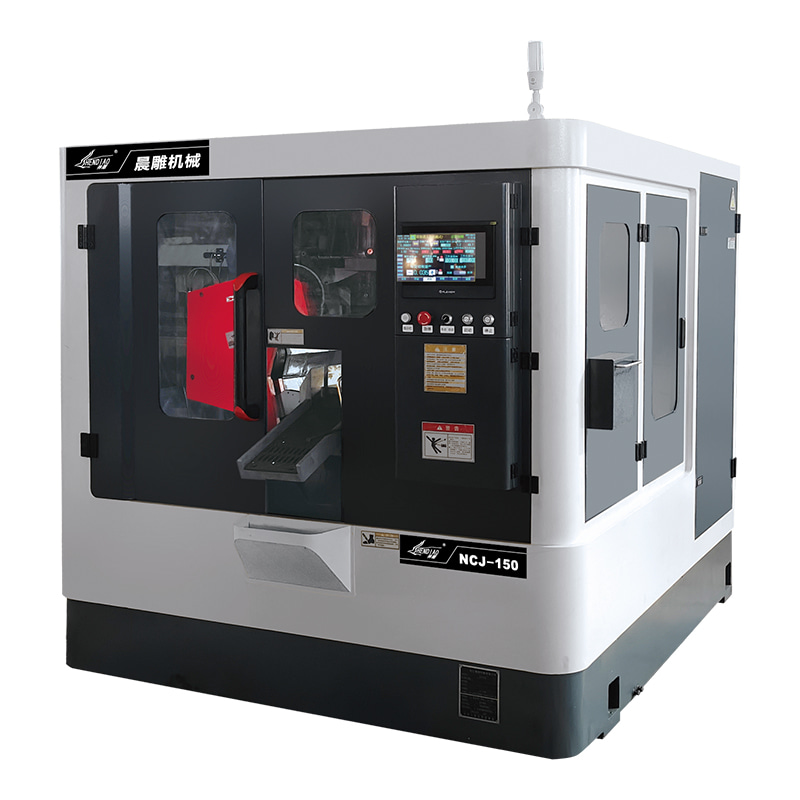NCJ-150 Fully Automatic High-Speed Metal Circular Saw Machine Steel Rod Blanking Machine Sawing Machine
Cat:Hinged Circular Saw Machine
Highly rigid body structure with advanced clamping device, environment...
See DetailsIntroduction: Thickness Variation as a Cutting Challenge
In industrial aluminum fabrication, achieving consistent precision across a wide range of material thicknesses is a critical requirement. Aluminum plates can range from a few millimeters to several centimeters in thickness, and each thickness presents unique mechanical challenges. A key question for operators and manufacturers alike is whether an aluminum plate cutting circular saw machine can maintain high cutting accuracy when faced with varying material dimensions.

Blade Selection and Its Role in Accuracy
One of the primary factors influencing precision across different plate thicknesses is the choice of saw blade. Thinner aluminum sheets require fine-toothed blades for clean edges and minimal burr formation, while thicker plates demand blades with fewer, larger teeth to handle the increased load. When the correct blade is matched to the material thickness, the machine can often maintain good accuracy. However, using an unsuitable blade for the material in question may result in deviation, chipping, or thermal warping at the cut edge.
Cutting Speed and Feed Rate Adjustments
Different thicknesses require different cutting speeds and feed rates to maintain accuracy. Thinner plates are more susceptible to vibration, which can cause misalignment or wavering in the cut path if the feed speed is too aggressive. Conversely, thick plates can strain the motor and blade, causing increased resistance and blade deflection. Precision machines allow operators to finely adjust speed and feed parameters based on thickness, helping ensure accuracy is preserved regardless of material size.
Machine Rigidity and Material Support
Cutting thick and thin materials on the same machine can only be accurate if the machine provides stable support and rigid clamping. High-end models feature adjustable clamping systems and reinforced work tables that decrease movement during cutting. For thin plates, avoiding flex or flutter is essential, while thick plates require support to avoid shifting under weight. Without such features, even a high-precision saw may show inconsistencies in cut quality across thicknesses.
Thermal Effects and Precision Deviation
Cutting thicker aluminum generates more heat, which may cause blade expansion and thermal distortion if not properly managed. This can impact cut width (kerf) and reduce dimensional accuracy. In contrast, thin plates dissipate heat faster but are more prone to melting or edge distortion if overheated. Machines equipped with efficient cooling systems — such as mist or liquid coolant — help regulate these effects and contribute to maintaining cutting precision under varying thermal loads.
Control Systems and Real-Time Compensation
Modern aluminum plate cutting machines often include intelligent control systems that monitor blade pressure, resistance, and temperature. When cutting materials of different thicknesses, these systems can automatically adapt cutting parameters in real time to maintain accuracy. Some machines even offer pre-programmed profiles based on material thickness, allowing for optimized cuts with manual input.
Conclusion: Accuracy Depends on the Right Configuration
Ultimately, cutting accuracy on varying aluminum plate thicknesses depends not just on the capability of the aluminum plate cutting circular saw machine, but also on how it is configured for the specific task. When paired with appropriate blades, precise feed control, stable material support, and adaptive software, the machine can maintain high precision regardless of the plate’s thickness. Proper setup and understanding of material behavior are essential to achieving consistently clean and accurate cuts in both thin and thick aluminum plates.